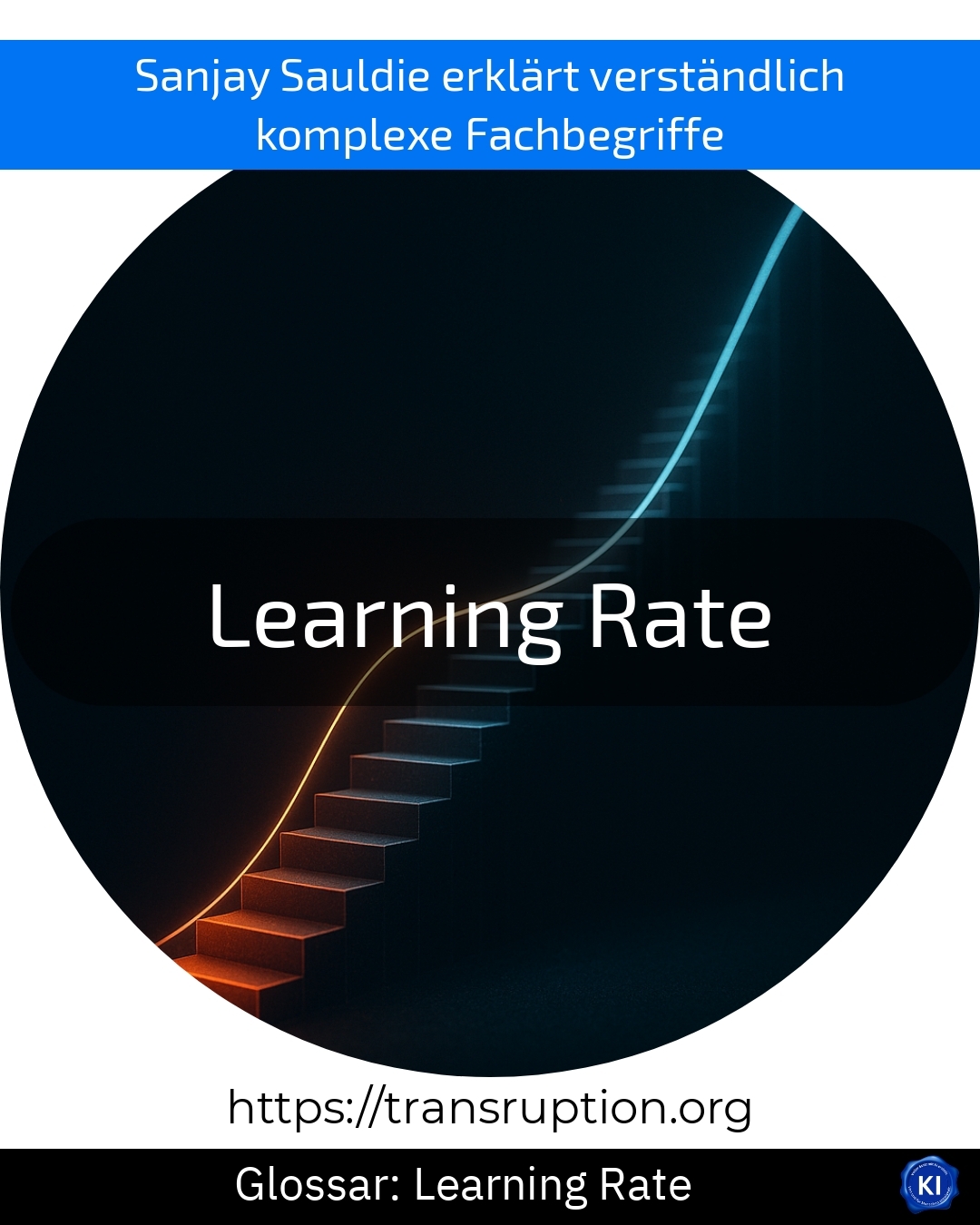Learning rate is a term that is particularly at home in the fields of artificial intelligence, automation and big data & smart data. It describes the speed at which a learning computer system - for example a neural network - absorbs and adapts to new knowledge.
Imagine a child learning to ride a bike. If the child rides too fast and makes mistakes, they may not learn as effectively and fall more often. But if they ride too slowly, they will hardly get off the bike and practise too little. It is the same with the learning rate: If it is too high, the programme learns too erratically and makes lots of mistakes. If it is too low, the system learns very slowly.
When developing artificial intelligence, it is crucial to set the learning rate correctly so that algorithms can learn efficiently and reliably. A good example is automated image recognition: only if the learning rate is set correctly can the system recognise dogs in photos independently after a short time - without constantly being wrong or taking forever to make improvements.















